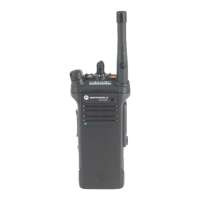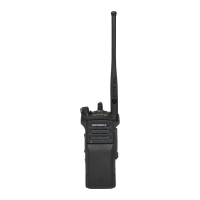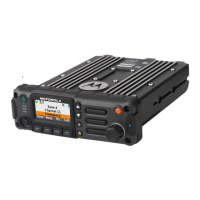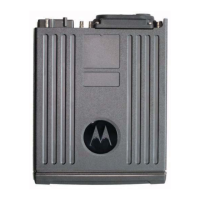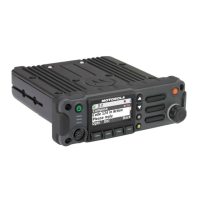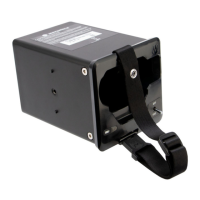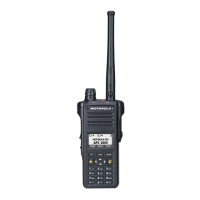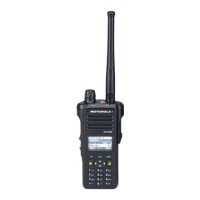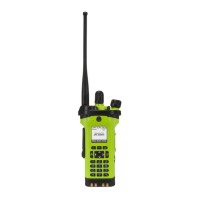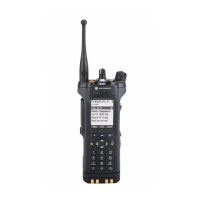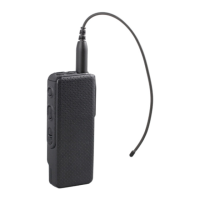Check with your dealer or system administrator for
more information about these timers.
To establish the Bluetooth Connection, see Pairing
with Low Frequency-Motorola Proximity Pairing (LF-
MPP) Feature on page 130 or Standard Pairing
Feature on page 131 .
Pairing with Low Frequency-Motorola Proximity Pairing
(LF-MPP) Feature
Ensure that Bluetooth feature of your radio is on and
the Bluetooth tones are enabled.
Bluetooth tones, Bluetooth menu and preprogrammed
buttons must be preprogrammed by a qualified radio
technician. Check with your dealer or system
administrator for more information.
The range of Bluetooth operation when using a MCW
accessory is 10 meters line-of-sight communication.
This is an unobstructed path between the location of
the signal transmitter (your radio) and the location of
the receiver (your device or accessory).
Obstacles that can cause an obstruction in the line-of-
sight include trees, buildings, mountains, cars and
etc.
It is not recommended that you leave your radio
behind and expect your accessory to work with a high
degree of reliability when they are separated.
At the fringe areas of reception, both voice and tone
quality will start to sound "garbled" or "broken". To
correct this problem, simply position the accessory
and radio closer to each other (within the 10 meter
defined range) to re-establish clear audio reception.
Note
Once a COTS headset is paired to your radio,
it is always connected. Therefore the battery
life of the accessory is aligned with the Talk
Time power consumption, not the Standby
Time consumption.
Turn on the accessory. Then, place it close to the
radio aligning the Bluetooth Pairing Location (a
blue dot) on the radio to the Bluetooth Pairing
Location (a blue dot) on the accessory.
If the pairing process is successful, you hear an
incremental-pitched tone. The radio begins to
connect to the device.
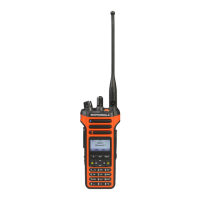
